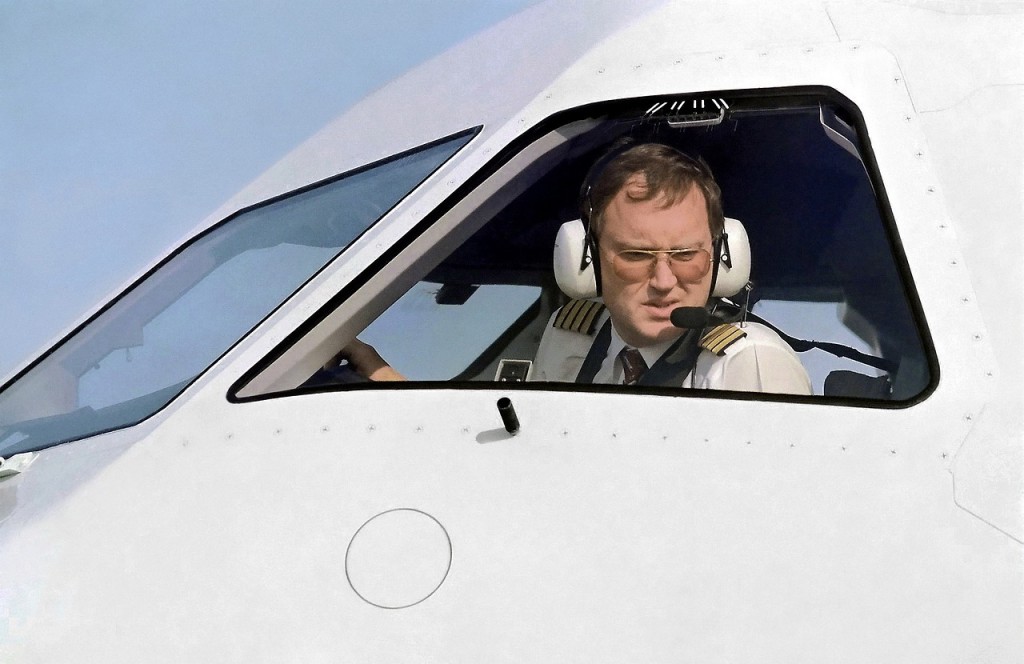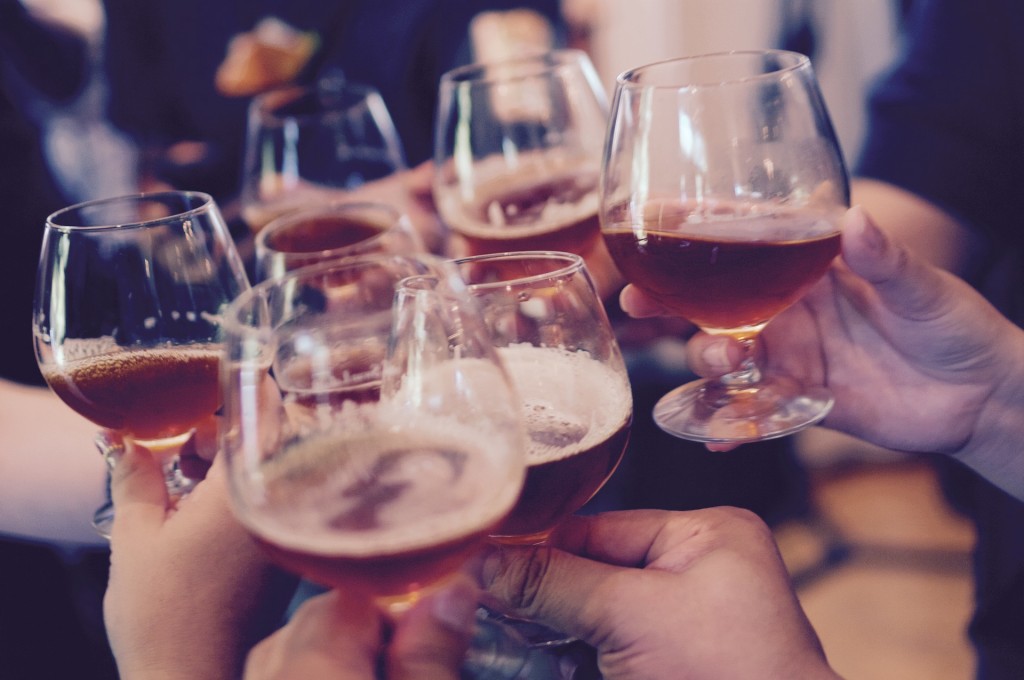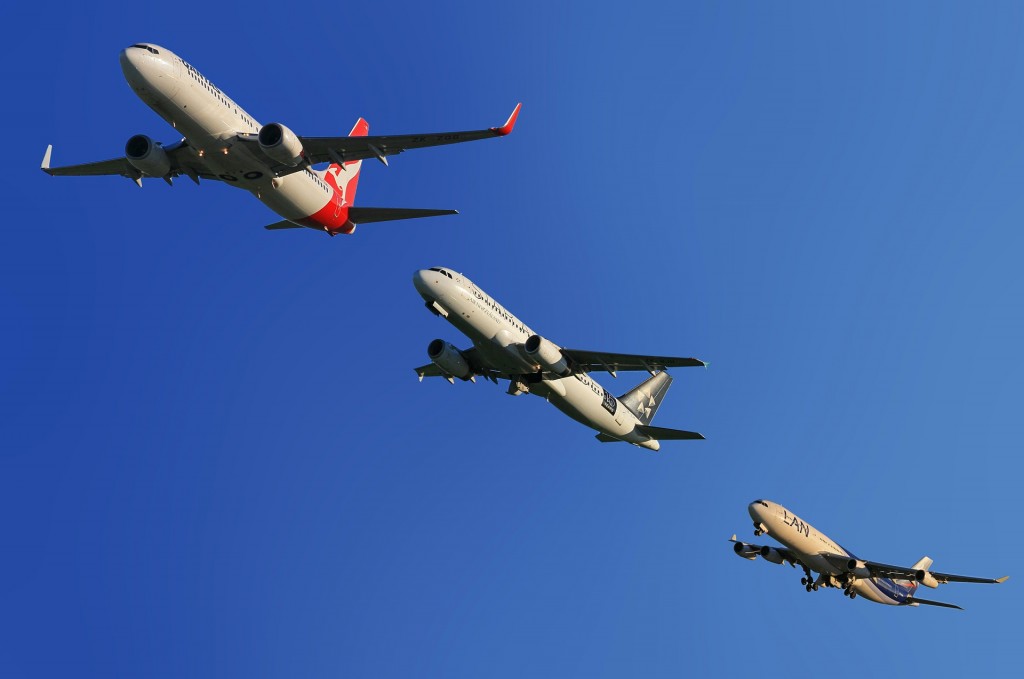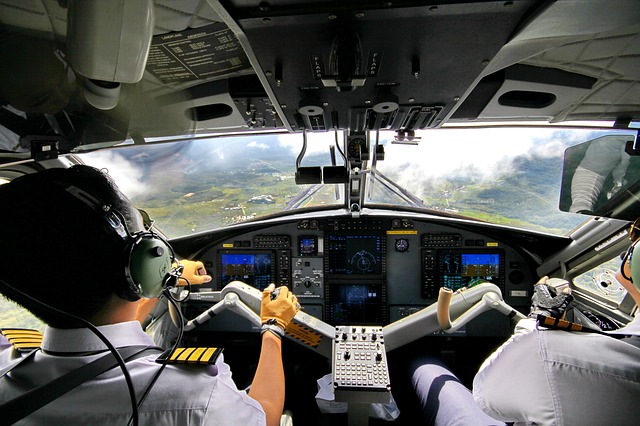There are lots of professionals with stressful jobs who can kick back and enjoy a drink. Some might drink on weekends only, while others come to rely on their daily pull from the bottle. Whereas the risk to the public from a drunk journalist or accountant are pretty low as long as they don’t drink and drive, professionals in the transportation industry could put lives at risk with poor alcohol consumption choices.

Pilots Increasingly Turn to Alcohol
Navigating a plane full of passengers is a highly complex job requiring great levels of concentration. During a given flight, pilots must be aware of a large number of national and international airspace regulations, while at the same time stay prepared for the unexpected, anything from a medical emergency to equipment failure. Needless to say, a pilot’s cognitive abilities must be at their sharpest to maximize the potential for a safe flight.
After 9/11, what was already a stressful job became even more so, as pilots had to increasingly deal with long hours, budget cuts, and increased security measures. As with many professionals with stressful occupations, many pilots turned to excessive drinking to cope with the daily stresses of the job. It’s estimated that nearly 11% of transportation workers, which includes pilots, sailors, train engineers, and bus drivers, struggle with alcoholism.

What the Law Says
So just how much is too much? Surprisingly, flying drunk didn’t become a criminal felony until 1986, when legislation was finally passed that prohibited the transportation of commercial passengers across state lines. The Federal Aviation Agency strictly enforces a blood alcohol limit of .04 for all private and commercial pilots, about half of the acceptable blood alcohol rate for drivers in most states. Additionally, it recommends a rule of about 8 hours from “bottle to throttle”. Most airlines enforce even stricter rules, prohibiting pilots from flying for 12+ hours after their last drink.
Losing Their Wings
While many pilots are fortunate to have the opportunity to undergo a rehab program before any major incident, others are not as lucky. In 1990, three Northwest Airlines pilots were set to take off on an early morning flight departing from the Fargo airport at 6:25 a.m. The night before, they partied so hard at a local bar that an alarmed patron reported their activity to the Feds. Fortunately, the flight made it safely to Minneapolis the next day, but the police were there to meet it. Blood alcohol tests revealed that all three men had blood alcohol levels over two times greater than the level allowed by the FAA. At their hearing, all three men were convicted of operating an aircraft while intoxicated, a sentence that came with a $250,000 fine and up to 15 years in prison. On top of that, all three had their licenses revoked. One of the men, flight engineer Joseph Balzer, went on to write a book about the memoir about the incident called Flying Drunk. This incident was just one of several involving intoxicated pilots that have made headlines.
Finding an Industry Solution
Drug Rehab Dallas reports that since 1974, more than 4,000 pilots have undergone treatment in rehabilitation programs across the U.S. Many of these have completed the Human Intervention Motivation Study (HIMS), a program specifically designed to help commercial pilots who struggle with alcohol abuse. In this program, pilots typically undergo a 28-day residential treatment program where they learn about their disease, get sober, and are equipped with the tools needed to combat alcoholism going forward.

Hopefully increased awareness along with programs like HIMS will help combat the problem of in-flight intoxication. Remember, if you spot a pilot behaving oddly, don’t be afraid to report it to airport authorities. You could be saving the lives of dozens of passengers.

